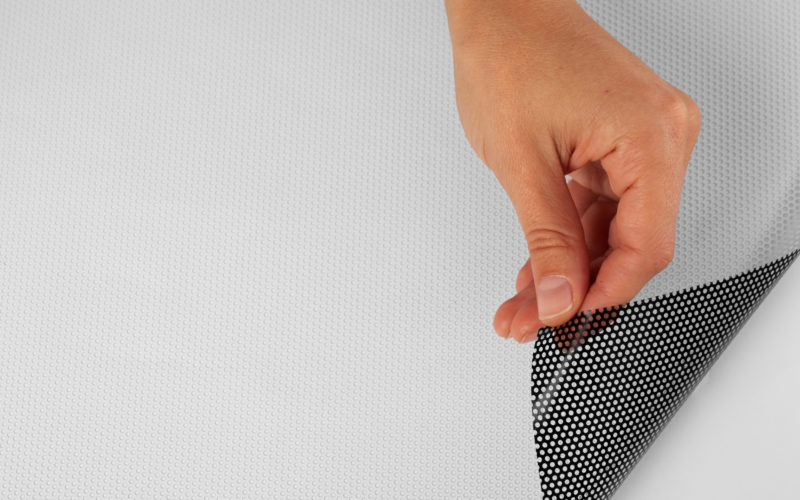With the prevalence of devices like phones, power lines, and home appliances, exposure to electromagnetic fields (EMFs) has become a rising concern. Many people are exploring ways to limit this exposure, and one promising solution is EMF shielding fabrics. These fabrics block harmful radiation while maintaining eco-friendliness. This guide explores the best materials for both personal protection and environmental safety, helping you choose fabrics that safeguard against EMFs without compromising sustainability.
What is EMF and How It Affects Us
According to a California law, EMFs are “a kind of energy field that radiates from electronic equipment and power lines.” Some EMFs are natural, but most are generated by human-made sources. At home, health can deteriorate as exposure to these levels is extended. Patients may experience fatigue, headaches, sleep disturbances, etc. Therefore, knowing about these fields and what influence they can have is paramount for health-oriented people. When looking for the best EMF shielding fabrics, there are various factors to consider.
Benefits of EMF Shielding Fabrics
Shielding fabrics is a tangible solution to minimize EMF exposure. These armor-type textiles are constructed with materials that block or absorb radiation. For day-to-day exposure limits, use fabrics to cover walls, windows, or clothing. The choice of fabric does not mean only the color; you need to be aware of its properties and effectiveness.
Characteristics of Good RF Shielding Fabrics
EMF shielding fabrics have several essential qualities. First, conductivity is key—fabrics containing conductive materials like silver, copper, or stainless steel offer superior protection. Second, durability ensures long-term effectiveness, with tough materials resisting wear and tear to maintain their shielding capabilities. Lastly, breathability and comfort are important, making the fabric suitable for daily use while still offering EMF protection. These features combined make these fabrics practical for safeguarding against electromagnetic exposure in everyday life
What Are The Different Types Of EMF Shielding Fabrics
Different types of EMF shielding fabrics serve various purposes. Silver-coated textiles are highly conductive and provide excellent protection, making them ideal for clothing, curtain linings, or wall coverings. Flexible cotton-based fabrics embedded with metal offer budget-friendly options for shielding. These fabrics blend functionality with cost-efficiency, particularly when used in applications like home decor. Understanding the materials’ properties helps ensure you choose the right fabric for your needs while balancing effectiveness and budget.
Things To Consider When Choosing Fabrics
Factors that affect the selection of shielding material include conductivity, weight, and the intended application. Higher conductivity offers better EMF protection, with silver, copper, or stainless steel enhancing performance. Heavier fabrics tend to offer more shielding, especially for residential or industrial use. However, clothing benefits from lighter, breathable fabrics to ensure comfort during wear. The type of shielding material used should align with the specific purpose, whether it’s for apparel, curtains, or other home applications, based on these characteristics.
Testing and Certification
A reliable manufacturer can alleviate concerns by rigorously testing their EMF shielding fabrics. It’s important to choose materials that have been independently certified for their effectiveness in blocking electromagnetic fields. This certification offers assurance of quality and provides peace of mind. Certified products ensure that they have undergone proper testing, offering protection against EMF exposure. Additionally, some manufacturers may offer free testing services, which further validate the reliability of the shielding fabric. Always prioritize certified materials for guaranteed protection.
How to Take Care of EMF Shielding Fabrics
Adequate care prolongs the life of the shielding fabrics. Washing instructions may differ depending on the material composition. The best durability typically comes from a gentle hand wash using mild detergent. Do not use harsh chemicals or bleach; they can damage the conductive elements. Regular inspection will prevent wear and tear, ensuring that it stays in good condition.
Applications of Shielding Fabrics
Applications for shielding fabrics are diverse. These materials can be used to create EMF-free zones in homes by adding them to curtains, bed canopies, or as wall liners, fostering a serene environment for practices like meditating in bed, reading, or relaxing with mindfulness exercises. Clothing manufacturers also incorporate these fabrics to offer protection against electromagnetic fields while on the move. Additionally, in industrial settings, shielding fabrics are employed to protect sensitive equipment from electromagnetic interference (EMI), ensuring the proper functioning of devices and systems in heavy-duty environments. Each fabric type is chosen based on its specific shielding requirements and functionality.
Conclusion
This article details the properties, types, and applications of EMF shielding fabrics and how to choose the right one. If people thought about facts based on conductivity, longevity as well as the tested certifications then they should be able to make proper decisions. Whether you want to use them for personal purposes or to make your home a safer environment, choosing the right type of fabric allows you to provide effective protection from EMF. For the most part, the healthier, safer way of life is focused on quality, comfortableness, and practicality.












